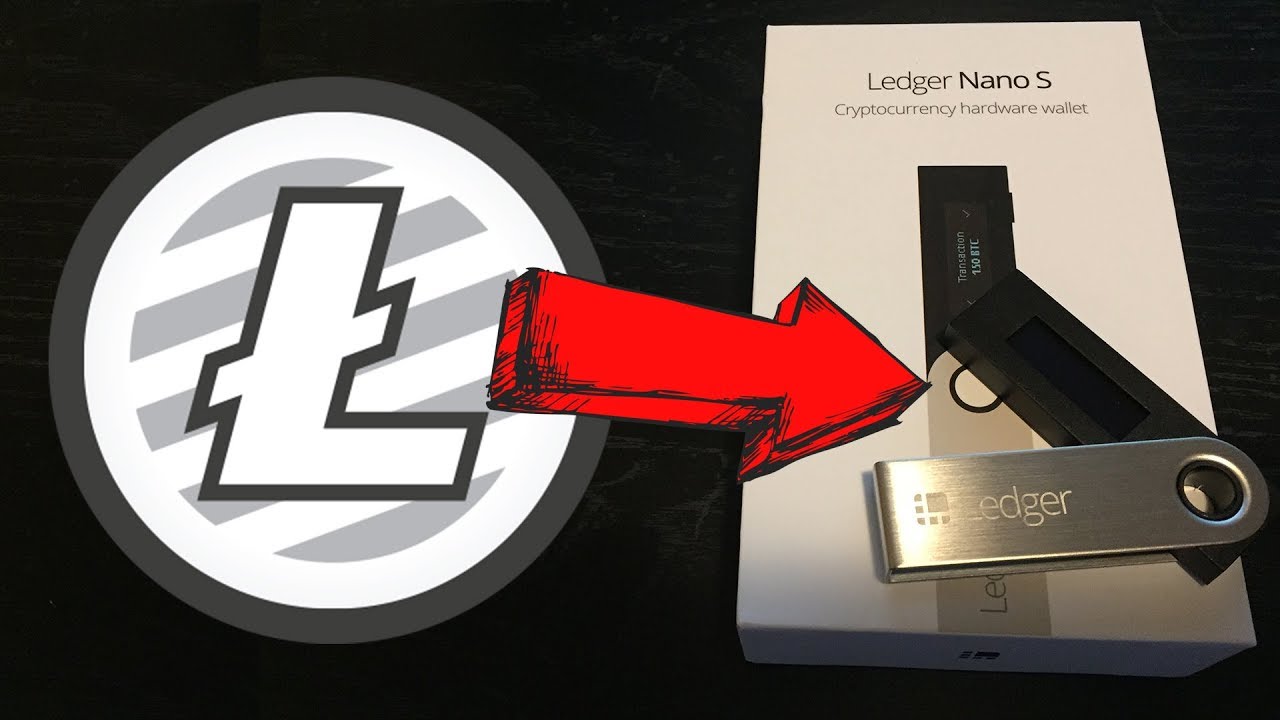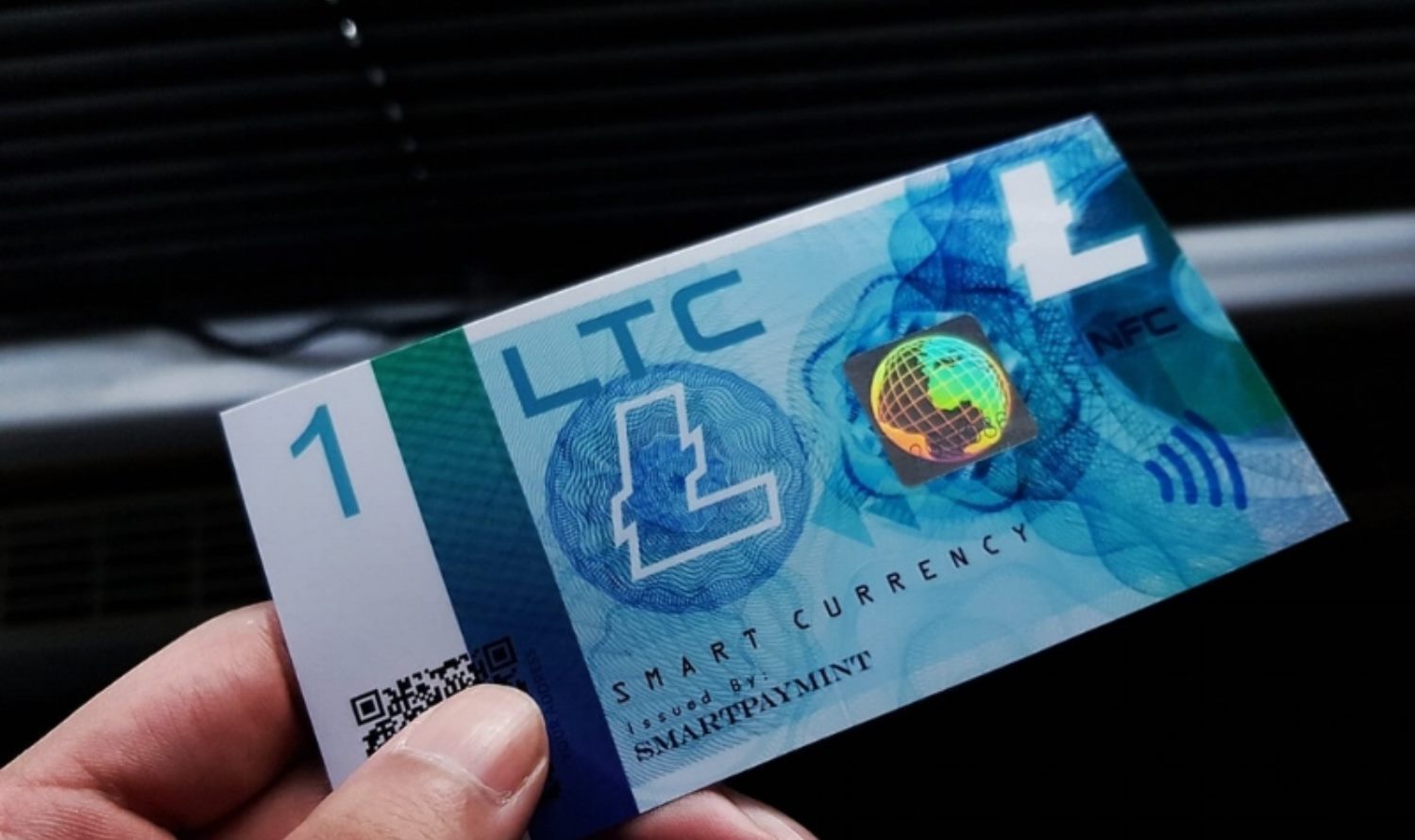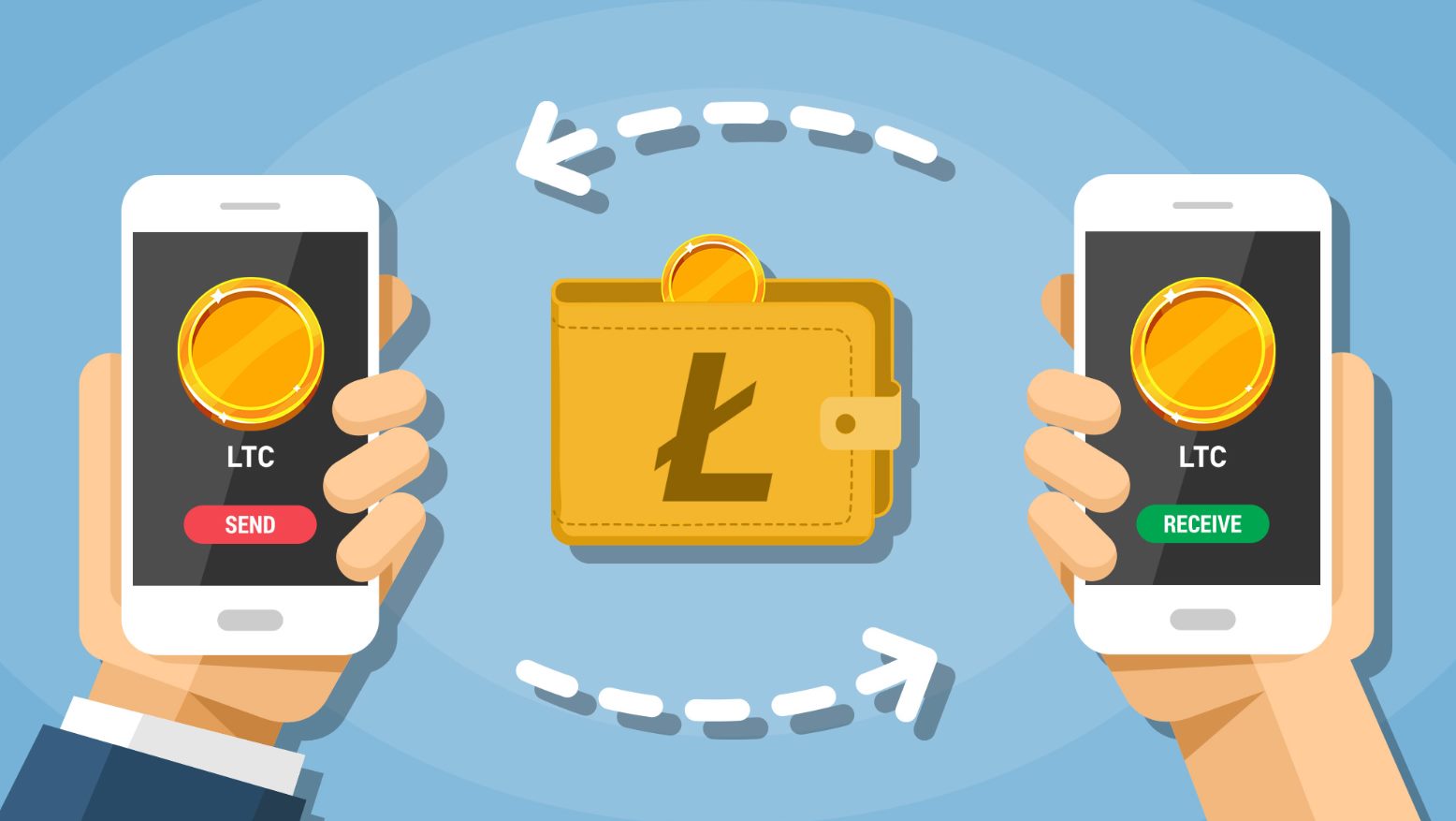Introduction
Welcome to the world of cryptocurrencies! As you dive into the realm of Litecoin, one of the most popular digital currencies, you might wonder how Litecoin addresses are generated. Understanding the process behind address generation is crucial for securely sending and receiving Litecoin.
Litecoin addresses serve as unique identifiers for users, enabling them to send and receive Litecoin transactions on the network. Each address is a combination of alphanumeric characters that represents the destination of a transaction. But how exactly are these addresses generated?
In this article, we will explore the intricate process of generating Litecoin addresses. We will delve into the steps involved in both private key and public key generation, which ultimately lead to the creation of a Litecoin address. By the end of this article, you will have a clear understanding of how Litecoin addresses are created and the importance of maintaining the security of your private keys.
So, let’s dive in and explore the fascinating world of Litecoin address generation!
What is a Litecoin Address?
A Litecoin address is a unique identifier that represents the destination of a Litecoin transaction. Similar to a mailing address, it allows users to send and receive Litecoin securely on the Litecoin network. A Litecoin address is a combination of alphanumeric characters, typically starting with the letter “L”.
Litecoin addresses are generated using cryptographic algorithms and are designed to be highly secure. They are derived from a user’s private key, which acts as the key to access their Litecoin funds. Each address is mathematically linked to a corresponding private key, ensuring that only the owner of the private key can send Litecoin from that address.
It is important to note that Litecoin addresses are case-sensitive, so entering a single character incorrectly can result in the loss of funds. Therefore, it is crucial to double-check the accuracy of each character when transcribing or copying a Litecoin address.
Litecoin addresses also have a checksum mechanism built into them. This checksum helps detect and prevent errors when entering an address. If a character is mistyped or omitted, the checksum will not match, and the address will be flagged as invalid, providing an additional layer of security.
One of the benefits of Litecoin addresses is that they can be generated offline, without the need for an internet connection. This allows for the secure creation of addresses on devices that are not exposed to potential online threats. Once generated, the address can be shared with others to receive Litecoin.
To summarize, a Litecoin address is a unique alphanumeric string that represents the destination of a Litecoin transaction. It is derived from a user’s private key and is designed to be highly secure. By using cryptographic algorithms and a checksum mechanism, Litecoin addresses provide a reliable and efficient way to send and receive Litecoin on the network.
How is a Litecoin Address Generated?
Generating a Litecoin address involves a multistep process that includes private key generation, public key generation, and address generation. Each step plays a crucial role in ensuring the security and integrity of the generated address.
Private Key Generation:
The first step in generating a Litecoin address is the creation of a private key. The private key is a randomly generated 256-bit number, which is essentially a secret code that grants access to the Litecoin funds associated with the address. It is important to keep this private key secure, as it is the key to controlling the Litecoin at that address.
Public Key Generation:
From the private key, a public key is derived using elliptic curve cryptography. The public key is a mathematical representation of the private key and is generated using complex mathematical calculations. The public key is made up of two values, X and Y coordinates, which are used to create an elliptic curve, thereby ensuring the security of the address.
Address Generation:
Once the public key is generated, it goes through a series of transformations to create a Litecoin address. The first transformation involves applying the SHA-256 hashing algorithm to the public key, resulting in a hash value. Next, the RIPEMD-160 hashing algorithm is applied to the hash value, further reducing its length while preserving its uniqueness.
The resulting hash value is then encoded using Base58Check encoding, which converts the binary data into a string of alphanumeric characters. This process eliminates certain characters that may appear similar, such as 0 and O or I and l, to prevent confusion when manually entering the address.
The encoded data is then prefixed with a version byte, which denotes the type of address being generated. For Litecoin, the most common version byte is 0x30. The version byte is added to the front of the encoded data.
Finally, a checksum is added to the address to detect and prevent errors when entering the address. The checksum is derived by applying a double SHA-256 hash to the encoded data, and the first four bytes of the resulting hash are added to the end of the address.
To summarize, generating a Litecoin address involves the generation of a private key, which is then used to derive a public key. The public key undergoes a series of transformations, including hashing and encoding, to create the final Litecoin address. The process ensures the security and integrity of the address, allowing users to send and receive Litecoin with confidence.
Private Key Generation
The private key is a unique and randomly generated 256-bit number that serves as the foundation for generating a Litecoin address. It acts as the secret code for accessing the Litecoin funds associated with the address. The process of generating a private key involves strong random number generation techniques to ensure its unpredictability.
Private keys can be generated using various methods, including:
Random Number Generation: One common method is to use a cryptographically secure random number generator (CSPRNG) to generate a sequence of random numbers. These random numbers are then used as the private key. It is crucial to use a secure source of randomness to ensure the private key cannot be easily guessed or brute-forced.
Hardware Wallets: Hardware wallets, such as Ledger or Trezor, provide a secure and convenient way to generate private keys. These wallets use tamper-resistant hardware to generate and store the private keys securely. The private keys are never exposed to the internet, minimizing the risk of key compromise.
Software Wallets: Software wallets, like Electrum or Litecoin Core, also offer private key generation functionality. These wallets use algorithms and random number generation techniques to create private keys. It is important to use reputable and trusted wallet software to ensure the private keys are generated securely.
Once a private key is generated, it is essential to keep it safe and secure. Losing or compromising the private key can result in permanent loss of the associated Litecoin funds. Many users choose to back up their private keys in multiple secure locations, such as encrypted digital wallets or physical hardware devices.
It is also crucial to keep private keys offline and never share them with anyone. Private keys should not be stored or transmitted over insecure methods, such as email or messaging apps, as they can be intercepted by malicious actors.
In summary, private key generation is a vital step in the process of generating a Litecoin address. It involves generating a unique and random 256-bit number using methods like random number generation or hardware wallets. Safeguarding the private key is of utmost importance to maintain control over the associated Litecoin funds.
Public Key Generation
The public key serves as a mathematical representation of the private key and plays a crucial role in the generation of a Litecoin address. It is derived from the private key using elliptic curve cryptography (ECC), a widely used cryptographic algorithm.
When a private key is generated, the corresponding public key can be computed using elliptic curve multiplication. The elliptic curve used in Litecoin’s cryptography is called secp256k1, which is the same curve used in Bitcoin. This curve is well-known for its security and efficiency.
The public key is represented by a pair of coordinates, known as ‘X’ and ‘Y’, on the elliptic curve. These coordinates are calculated by multiplying the private key with the ‘generator point’ on the curve. The generator point is a fixed point defined by the elliptic curve equation.
The resulting ‘X’ and ‘Y’ coordinates are then used to create the public key, which is expressed as an alphanumeric string. The public key is not kept secret and can be shared openly with others for encryption or verifying signatures.
It is important to note that the public key itself cannot be used to access the funds associated with a Litecoin address. Instead, it is a necessary component in generating the final address and verifying transactions.
Public key generation is performed quickly and efficiently, allowing for the seamless creation of Litecoin addresses. The use of elliptic curve cryptography ensures both the security and scalability of the process.
Overall, the generation of a public key from a private key is a fundamental step in the process of generating a Litecoin address. The public key acts as a mathematical representation of the private key, and it plays a vital role in both address generation and transaction verification.
Address Generation
Once the public key is generated, the final step in generating a Litecoin address is the address generation process. This involves transforming the public key through several cryptographic operations to create a unique and secure Litecoin address.
Hashing:
The first step in address generation is applying a hashing algorithm to the public key. Litecoin uses the SHA-256 (Secure Hash Algorithm 256-bit) hash function to obtain a fixed-length string of 256 bits. This hash function is well-known for its cryptographic properties, ensuring the integrity and uniqueness of the resulting hash.
RIPEMD-160:
After the SHA-256 hashing, another hashing algorithm called RIPEMD-160 (RACE Integrity Primitives Evaluation Message Digest 160-bit) is applied to the SHA-256 hash. RIPEMD-160 produces a shorter 160-bit hash value, helping to reduce the size of the final Litecoin address while maintaining cryptographic security.
Base58Check Encoding:
The resulting RIPEMD-160 hash is then encoded using Base58Check encoding. Base58Check is a modified version of the Base58 encoding algorithm that includes a checksum to detect and prevent errors when entering the address.
Base58Check encoding removes certain characters that may be easily mistaken for one another, such as ‘0’ and ‘O’, or ‘I’ and ‘l’. This helps prevent transcription errors when manually entering the address. Additionally, a version byte, denoting the type of address being generated, is added to the front of the encoded data.
Checksum:
To further enhance the integrity of the address, a checksum is added at the end. The checksum is derived by taking the first four bytes of a double SHA-256 hash of the encoded data. This checksum allows for the detection of errors when typing or transcribing the address, ensuring the accuracy of the address.
After completing the above steps, the resulting string is a Litecoin address. It typically starts with the letter ‘L’ and can consist of a combination of letters and numbers.
Each Litecoin address represents a unique destination for sending and receiving Litecoin transactions. It is important to note that Litecoin addresses are case-sensitive, so it is crucial to enter the address accurately to avoid any transaction errors.
In summary, address generation involves hashing the public key using cryptographic algorithms such as SHA-256 and RIPEMD-160, followed by Base58Check encoding and the addition of a checksum. These steps collectively create a Litecoin address that is secure, unique, and easily usable for sending and receiving Litecoin transactions.
Conclusion
Understanding how Litecoin addresses are generated is essential for safely transacting with Litecoin and maintaining the security of your funds. The process involves several important steps, including private key generation, public key generation, and address generation.
A Litecoin address is a unique identifier that represents the destination of a Litecoin transaction. It is a combination of alphanumeric characters derived from the public key, which, in turn, is derived from the private key. The private key serves as the key to access the Litecoin funds associated with the address, while the public key acts as a mathematical representation of the private key.
During the address generation process, the public key undergoes various transformations, including hashing and encoding, to create the final Litecoin address. These transformations ensure the security, integrity, and uniqueness of the address. The use of cryptographic algorithms such as SHA-256 and RIPEMD-160, along with Base58Check encoding and a checksum, adds an extra layer of security and error detection.
It is important to handle your private key with extreme care, as it is the secret code that grants access to your Litecoin funds. Always generate private keys using secure methods, such as using cryptographically secure random number generators or hardware wallets. Backup your private keys in multiple secure locations and never share them with anyone.
In summary, the process of generating a Litecoin address involves private key generation, public key generation, and address generation. By understanding how addresses are generated and following best practices for key security, you can ensure the safe and secure management of your Litecoin funds.

























